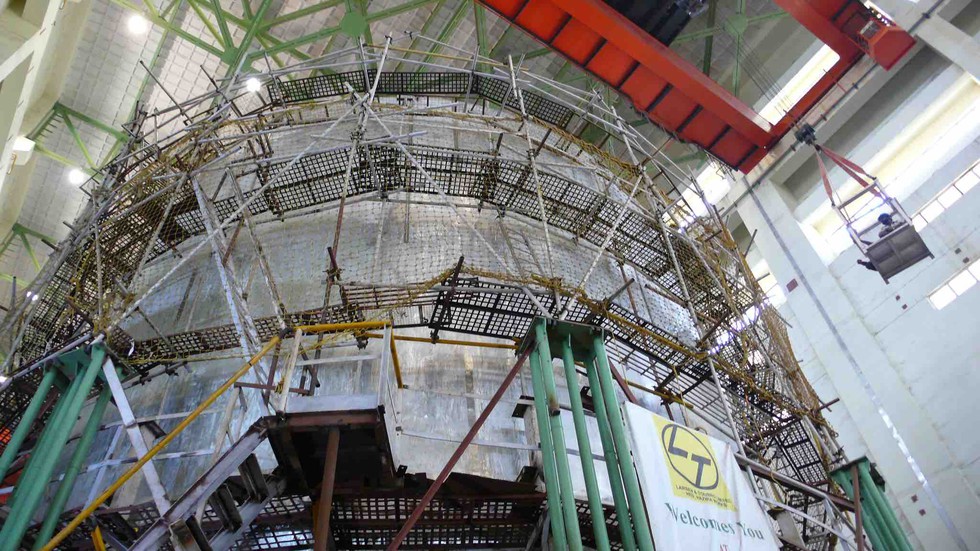
India’s first Prototype Fast Breeder Reactor (PFBR)

21.04.2025
India’s first Prototype Fast Breeder Reactor (PFBR)
|
For Prelims: About India’s first Prototype Fast Breeder Reactor (PFBR), India's Three-Stage Nuclear Programme |
Why in the news?
India’s first Prototype Fast Breeder Reactor (PFBR) in Kalpakkam, Tamil Nadu is likely to be commissioned next year, marking the second stage of India's three-stage nuclear programme.
About India’s first Prototype Fast Breeder Reactor (PFBR):
- It is a 500 MWe sodium-cooled reactor located in Kalpakkam, Tamil Nadu.
- The PFBR was developed by BHAVINI (Bharatiya Nabhikiya Vidyut Nigam Limited), a government enterprise set up in 2003 under the Department of Atomic Energy (DAE) to focus on fast breeder reactors.
- Construction began in 2004 and the reactor was originally expected to be completed in September 2010, but faced a series of delays.
- Unlike traditional nuclear reactors, the PFBR uses fast neutrons for energy generation and employs liquid sodium as a coolant instead of water.
- The innovative design enables the reactor to breed more fuel than it consumes, offering a sustainable solution to India’s growing energy demands.
- The PFBR is powered by plutonium and uranium-based mixed oxide fuel (MOX), which ensures high efficiency in power generation.
- Its advanced sodium cooling system allows operation at higher temperatures, enhancing overall efficiency.
- Additionally, the reactor incorporates robust safety features, including a strong containment structure and passive cooling systems that prevent overheating.
India's Three-Stage Nuclear Programme:
- India has adopted a three-stage nuclear power programme, with the long-term goal of deploying a thorium-based closed nuclear fuel cycle.
- The first stage involves the use of pressurised heavy water reactors (PHWRs), fuelled by natural uranium, and light water reactors.
- The second stage involves reprocessing used fuel from the first stage to recover the plutonium to fuel FBRs.
- In stage 3, Advanced Heavy Water Reactors (AHWRs) will burn thorium-plutonium fuels and breed fissile uranium-233.
Source: The Times of India
With reference to India’s first Prototype Fast Breeder Reactor (PFBR), consider the following statements:
1. It is a 500 MWe potassium-cooled reactor located in Kalpakkam, Andhra pradesh.
2. The PFBR was developed by BHAVINI (Bharatiya Nabhikiya Vidyut Nigam Limited).
3. The PFBR is powered by plutonium and uranium-based mixed oxide fuel (MOX).
How many of the statements given above are correct?
A.Only one
B.Only two
C.All three
D.None
Answer B